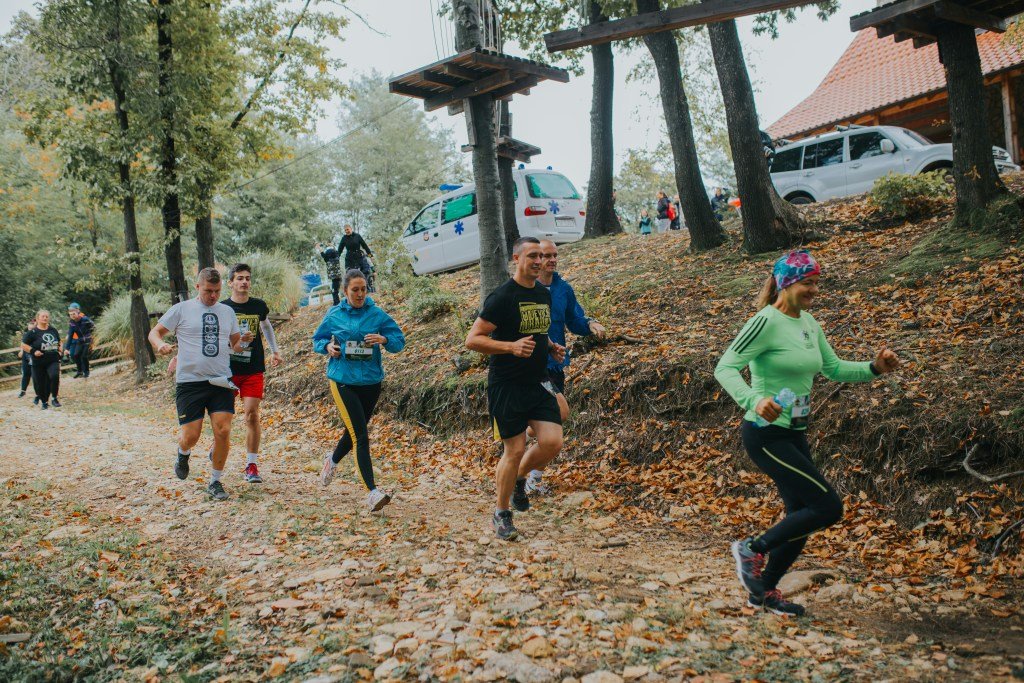As summer approaches and the days get longer, many find themselves lacing up their running shoes and hitting the pavement more frequently. While running is an excellent cardiovascular workout, it can also lead to tight and short hamstrings, a common issue among runners. Incorporating yoga into your routine can help alleviate this problem, promoting flexibility and preventing injury. This in-depth guide explores the best yoga poses for short hamstrings, ensuring you stay limber and injury-free all summer.
Understanding Short Hamstrings
The hamstrings are the muscles located at the back of your thigh. They play a crucial role in running, helping to extend your hip and bend your knee. When these muscles become tight or short, they can lead to discomfort and even limit your range of motion, affecting your running performance and increasing the risk of injury. Factors contributing to short hamstrings include:
- Overuse: Frequent running without proper stretching can cause the hamstrings to tighten.
- Poor Posture: Sitting for extended periods can lead to shortened hamstrings.
- Lack of Stretching: Inadequate stretching before and after runs can cause the muscles to remain tight.
Benefits of Yoga for Runners
Yoga offers numerous benefits for runners, particularly when it comes to addressing short hamstrings:
- Increased Flexibility: Yoga stretches help lengthen the hamstrings, improving flexibility and range of motion.
- Injury Prevention: Regular stretching reduces the risk of strains and other injuries.
- Improved Recovery: Yoga enhances blood flow to the muscles, aiding in faster recovery post-run.
- Enhanced Performance: Greater flexibility and muscle balance can improve running efficiency.

Best Yoga Poses for Short Hamstrings
Here are some of the most effective yoga poses to target and lengthen your hamstrings:
1. Standing Forward Bend (Uttanasana)
How to Do It:
- Stand with your feet hip-width apart.
- Inhale and lengthen your spine.
- Exhale and hinge at your hips to fold forward.
- Allow your hands to rest on the ground, shins, or opposite elbows.
- Keep your knees slightly bent to avoid straining your lower back.
Benefits:
- Stretches the hamstrings and calves.
- Releases tension in the lower back.
2. Downward-Facing Dog (Adho Mukha Svanasana)
How to Do It:
- Start on your hands and knees, with wrists under shoulders and knees under hips.
- Tuck your toes and lift your hips towards the ceiling.
- Keep your spine long and your head between your arms.
- Press your heels toward the floor, feeling a stretch in your hamstrings and calves.
Benefits:
- Stretches the entire back of the body.
- Strengthens arms and shoulders.
3. Half Split (Ardha Hanumanasana)
How to Do It:
- Begin in a kneeling position, then step your right foot forward into a low lunge.
- Shift your hips back, straightening your right leg and flexing your right foot.
- Keep your hips squared and fold forward over your right leg.
- Hold for several breaths and repeat on the other side.
Benefits:
- Deeply stretches the hamstrings.
- Improves hip flexibility.
4. Reclined Hand-to-Big-Toe Pose (Supta Padangusthasana)
How to Do It:
- Lie on your back with both legs extended.
- Lift your right leg towards the ceiling, holding the big toe with your right hand or using a strap.
- Keep your left leg grounded and your back flat on the mat.
- Hold for several breaths and switch sides.
Benefits:
- Isolates and stretches the hamstrings.
- Relieves lower back tension.
5. Pyramid Pose (Parsvottanasana)
How to Do It:
- Start standing, step your right foot forward about 3-4 feet.
- Square your hips toward the front leg.
- Inhale to lengthen your spine, exhale, and fold over your front leg.
- Keep both legs straight and engage your quadriceps to deepen the stretch.
Benefits:
- Intense hamstring stretch.
- Promotes balance and stability.

Tips for Practicing Yoga for Hamstring Flexibility
- Warm-Up First: Always warm up with light cardio or dynamic stretching before starting your yoga practice.
- Listen to Your Body: Avoid pushing too hard, especially if you feel pain. Yoga should be challenging but not painful.
- Consistent Practice: Regularly incorporate these yoga poses into your routine for the best results.
- Breath Awareness: Use your breath to help deepen stretches. Inhale to lengthen and exhale to relax into the pose.
- Modify as Needed: Use props like blocks or straps to modify poses and make them accessible.
As you gear up for a summer of running, don’t forget the importance of maintaining flexible and healthy hamstrings. Integrating yoga into your routine is a powerful way to address short hamstrings, enhance your running performance, and prevent injuries. Regularly practicing these yoga poses ensures that your hamstrings stay limber and your body remains in optimal condition for all your running adventures. Embrace the flow of yoga, and let it complement your running journey this summer.

